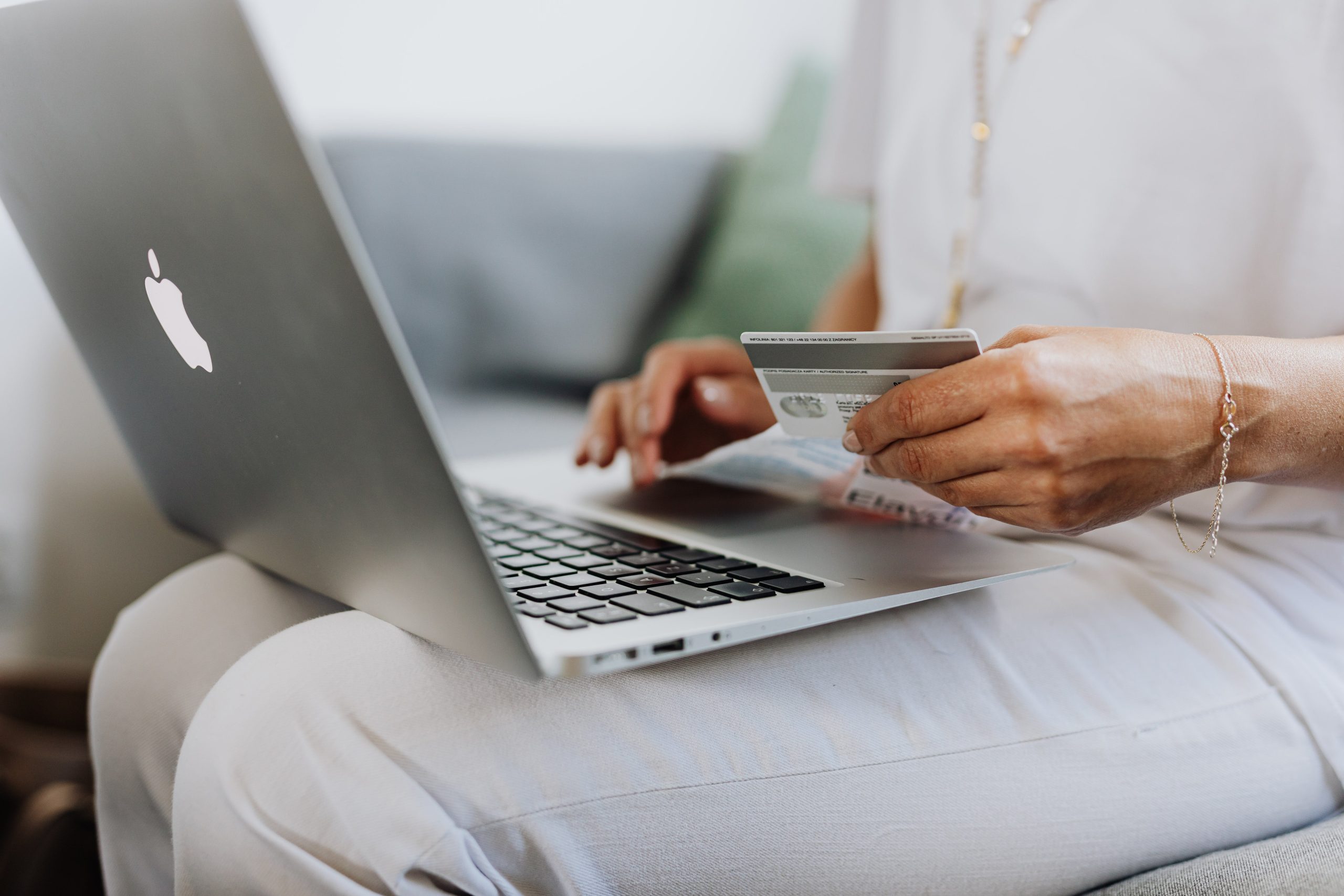Finding out that you have crossed your available credit limit at a shop counter is embarrassing. I almost fainted when it happened to one of my Chase cards at the mall sometime back. Since then, I investigated thoroughly to find out what happens if you go over your Chase credit limit. Read on to look at the results.
What Happens if You Go Over Your Chase Credit Limit?
Your card will be declined if you go over your Chase credit limit. However, the bank might allow the overdrawn transaction depending on your financial behavior. You will be charged an overdraft penalty fee for every over-limit transaction. It will only happen if you have a clean history of timely payments.
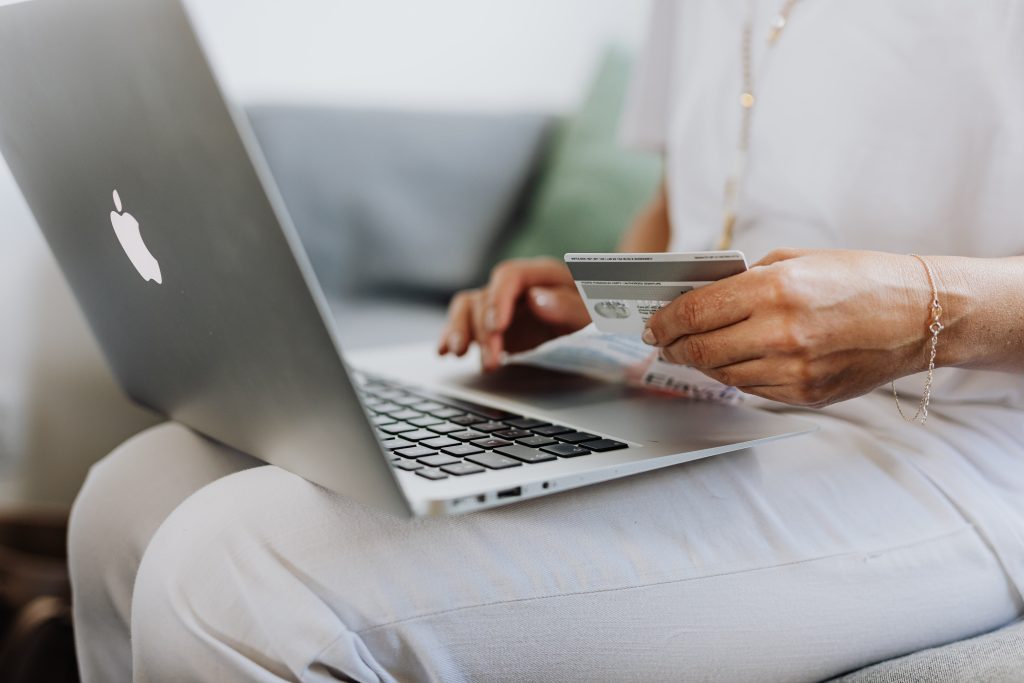
You must avoid overspending your card because it indicates a poor financial structure. If you overdraw regularly, you lose issuers’ trust quickly, and even your card might be canceled. It’s one of the credit card mistakes you should avoid.
What Is Over Limit Protection?
Over-limit protection is a facility banks use to allow consumers to overspend in unavoidable circumstances. You can find it in the rates and fees section of your cardmember agreement. You are not obliged to agree to this charge, though. You can opt out at any time.
4 Things Can Happen If You Go Over Your Limit
It is best to stay moderate, as it can damage your chances of a card upgrade. Also, your account can default, and your issuer can even restrict your available limit. These four significant situations can occur if you cross the line.
Your Credit Score Crashes
Your credit score builds on your ability to keep your finances in perfect balance. Using close to, or above, the available credit line can deem you unable to handle them.
Your credit utilization ratio is:
- Pivotal in determining your score
- 30% of the total calculations
- Crucial to your ratio. As it increases, your score decreases
- A sign that you can not sustain yourself without your card(s). It can indicate bankruptcy, which is a true deal breaker between you and your issuing company.
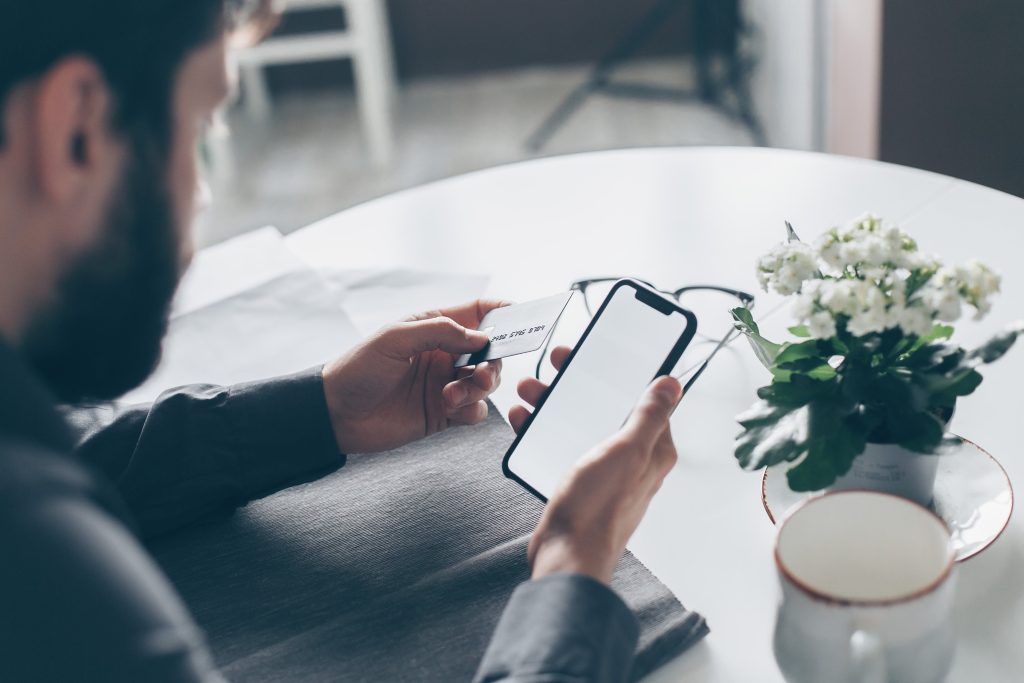
Your Credit Utilization Ratio Shoots Up
Your expenses against your available limit calculate your utilization percentage. The card companies operate on the assumption that you must be able to pay or make purchases within your income.
Your utilization percentage:
- Must be under 30% to stay in your bank’s good books.
- Affects your ratio. The lower your ratio is, the higher your credit score will go. However, you can strive to keep it under 10% to jump to an excellent score.
- Means more dependency on cards, indicating that you are living out of your means.
Your Card Maxes Out
It can happen to you if you have a low-limit card. Maxing out:
- Means you have zero balance on your card and try to spend anyway.
- Can be faced, especially when you are a beginner and don’t know your available credit line.
- Requires you to pay a fee or the transaction will be declined.
Your Payable Interest Climbs
You will likely incur a monthly balance if you exceed the limit. With financial specialists emphasizing the importance of getting an “All Dues Paid” from card issuers, it is not a wise move. You should be cautious because:
- The interest rate averages around 20%, almost one-fourth of your annual expenses.
- You will accrue an exorbitant APR if you accumulate a huge balance due to overspending.
- It will drain your money fast, and you will become a defaulter if this practice continues.
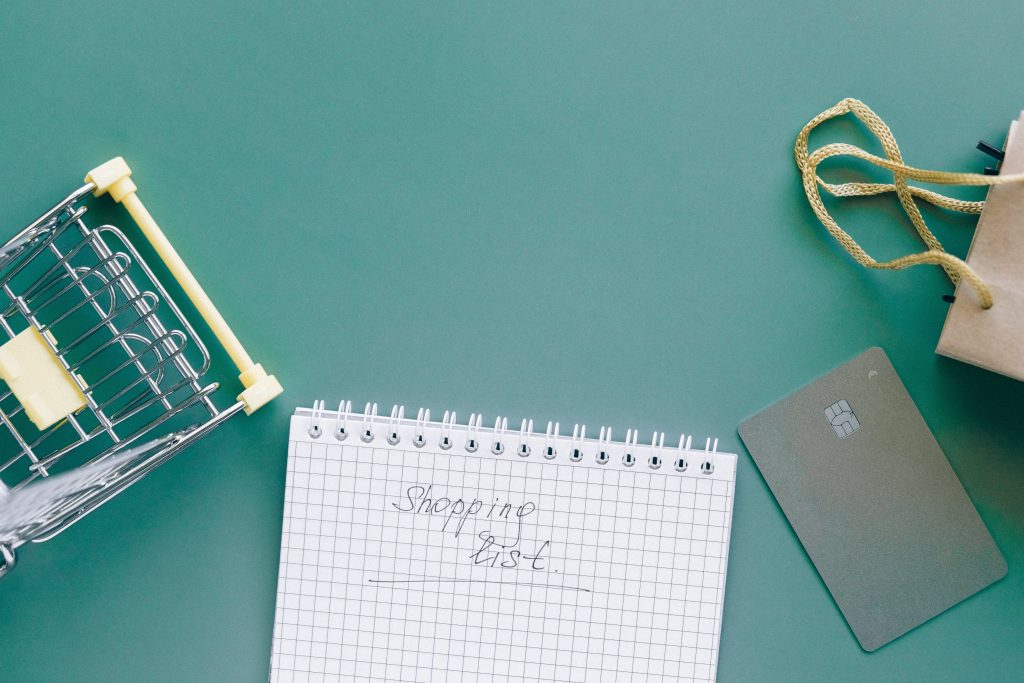
5 Tips to Avoid Crossing Your Credit Limit
Maxing out your card might seem the only solution sometimes. However, there are other alternatives. Aside from paying cash, you can use these five tips to stop this vicious cycle of debt.
Find Out Your Limit
You must be aware of how much you can spend before tapping “Buy Now.” You can find it on your Chase bank statements as a Chase card member. Once you know it, you can make an expense plan that fulfills your card usage without bankrupting you.
Clear Your Monthly Dues
Try to keep a clean record or a minimum monthly balance. Remember that the interest rate is directly proportional to the leftover payable amount.
In addition, it keeps your credit utilization ratio below 30%. It increases your credit score and, ultimately, creditworthiness. Even though you can use other cards, if you reach the maximum on one card, avoid carrying a balance.
Minimize Utilization Ratio
Keep it below 25% for good results and under 10% for best results. A low utilization percentage proves you have a viable financial stream that won’t dry soon. It also speaks volumes about your strong payment history.
Make a Budget
It is the cardinal rule that many of us can forget. It is easy to get carried away using your dependable card. However, you must make a budget and stick to it to reap the benefits through upgrade approvals.
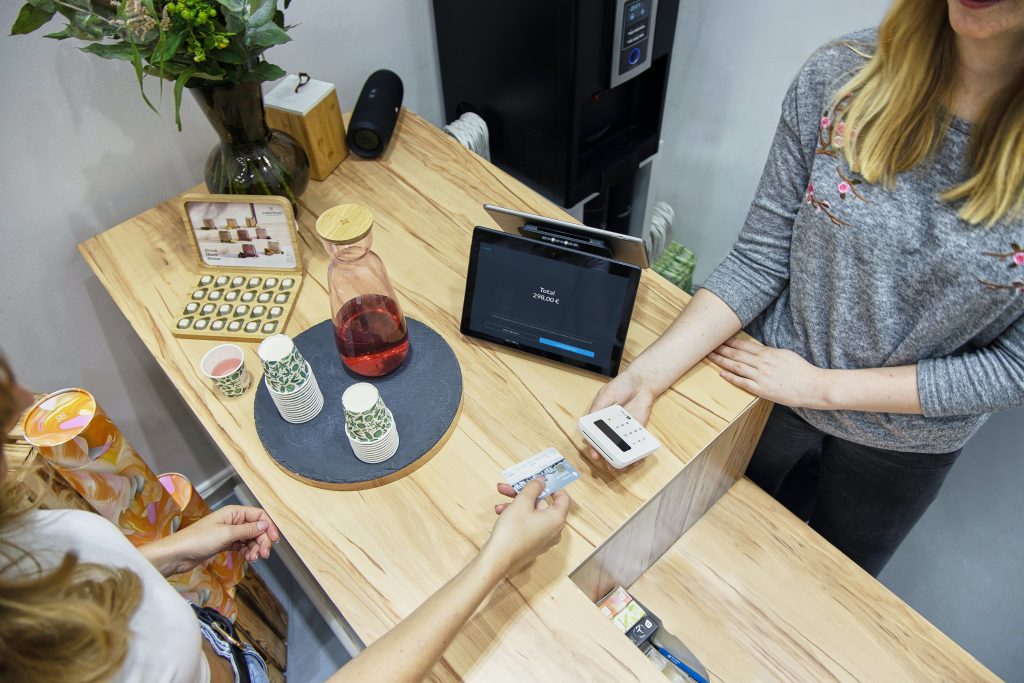
Request Credit Line Increase
You can request an increased credit limit to avoid maxing out. It will lower your utilization ratio and allow more room to plan your transactions. You can be approved with sufficient income flow and a good credit history.
However, you might need to find another solution or card if you have a lot of missed or late payments on your statements.
Related Questions
Does Chase Bank Have an Overlimit Fee?
Chase Bank has an overlimit fee only if you agree to it. You have the right to withdraw the consent to pay that fee. However, your card will be declined if you try to spend more than your allotted limit.
How Much Will Chase Let You Go Negative?
There is no limit to the negative balance you can have. However, you will be charged a heavy interest on it.
Is Using 100% Of a Credit Card Bad?
Yes, it is bad to use your entire available credit. Your creditworthiness and score can suffer greatly. Your card might be terminated if you continue doing so every month.
Conclusion
You cannot make purchases if you exceed your allotted limit on a Chase card. If you have agreed to an over-limit protection, you can overspend for a fee on each transaction. That said, you should only use some of the available credit because you can become a defaulter.
